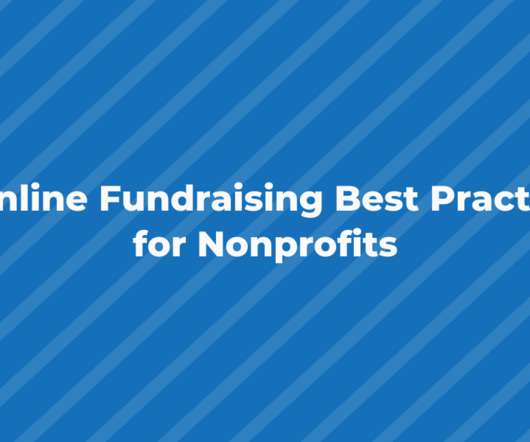11 Responsively Designed Nonprofit Websites to Study and Learn From
Nonprofit Tech for Good
FEBRUARY 25, 2014
With 51% of Facebook’s referral traffic now coming from mobile and more than two-third’s of Twitter users being mobile, many nonprofits are finally starting to come to the realization that their social media campaigns are doomed unless they embrace a mobile-first approach to online communications and fundraising. glaad.org.













Let's personalize your content